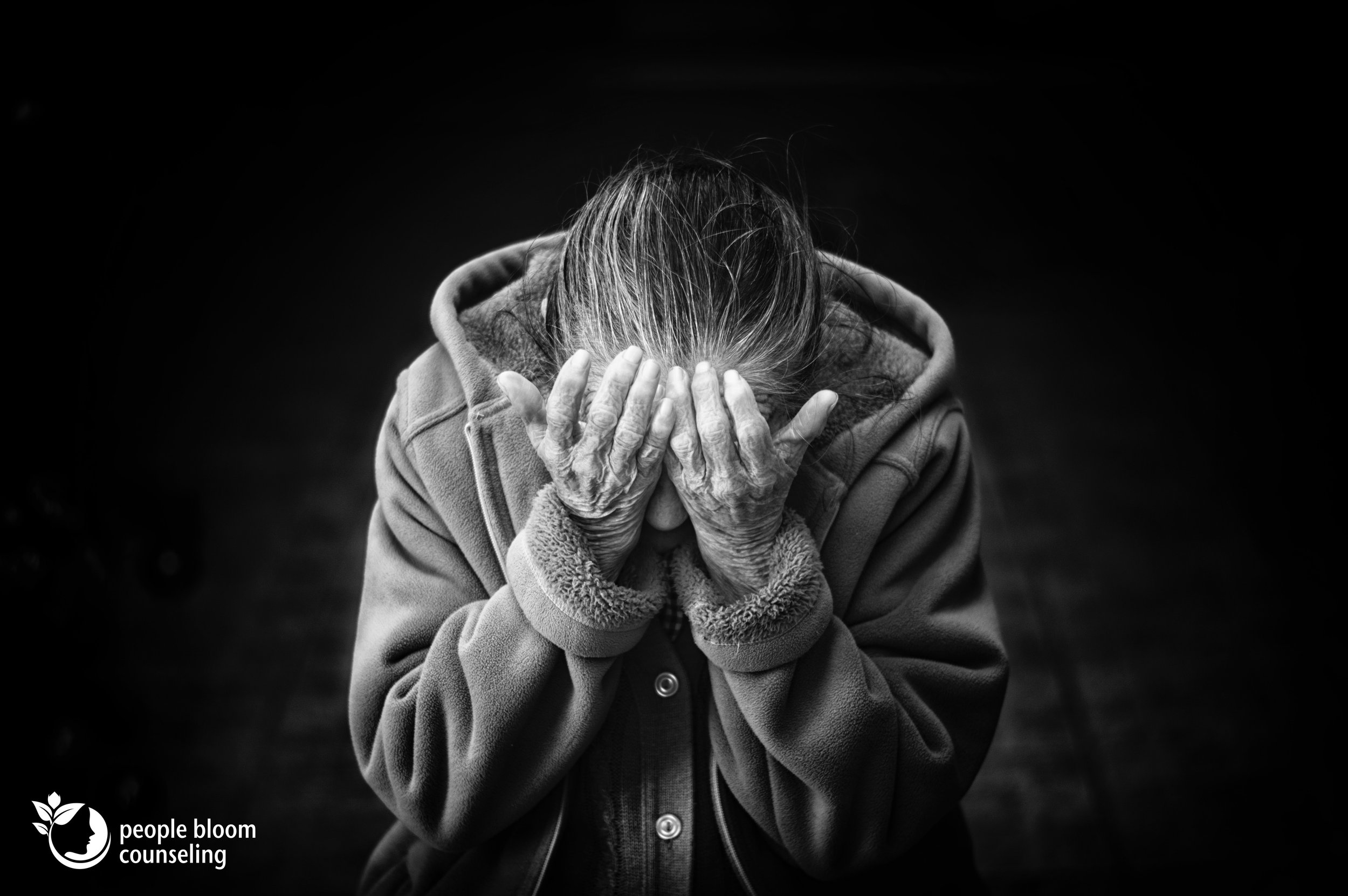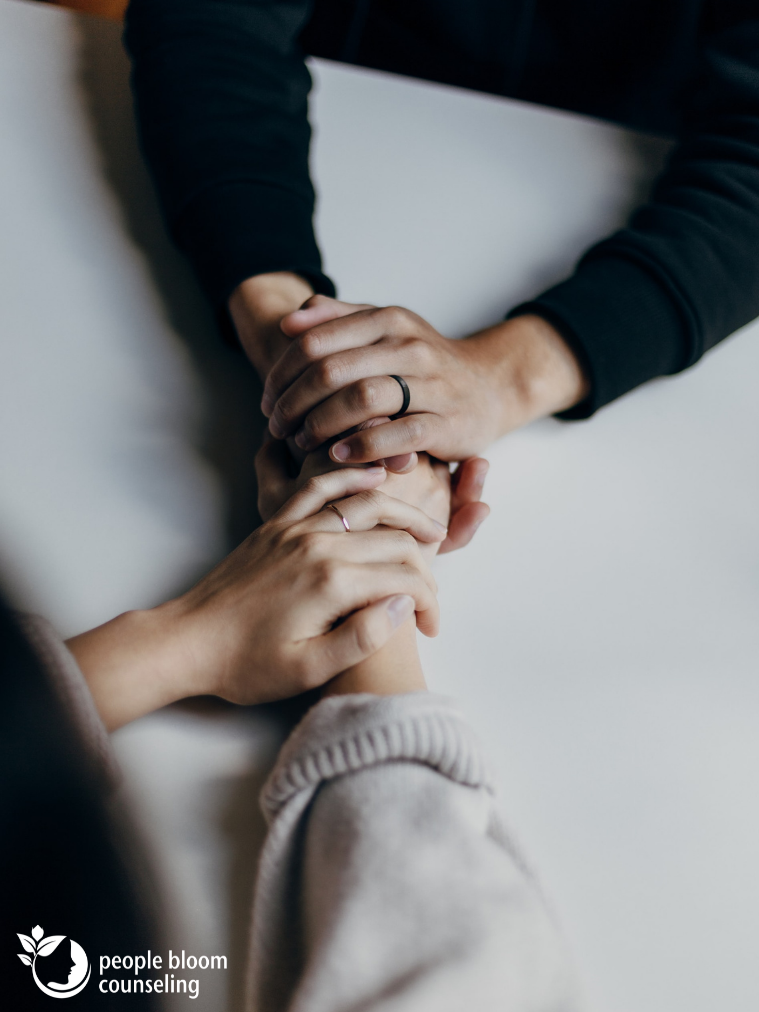Not feelin’ it
I don’t like running, and I have fallen in and out of like with running for at least a decade. I suppose it’s more accurate to say I’m in a “I dislike running” phase. I first started running to get my mind off a difficult time, and I kept running when I found that I liked the meditative factor of it. Left-right-left-right, breath iiin, left-right-left-right, breath ouuut. Turns out, there’s something to it.
When we’re down in the dumps, we often want to sit in our sorrow, maybe grab a pint of ice cream and binge out in front of a light television show, or perhaps yell at a classic rom-com, “IT’S JUST NOT REAL” when the guy gets the girl.
Just me? Yeah, I didn’t think so.
Our body needs bilateral movement
Anyway, that’s all fine and good (in small stride) and what our bodies might also need is a little movement, a little bilateral movement. Okay, it’s going to get a bit technical here. Whether it’s walking, biking, running, swimming, what’s being activated is both sides of our brain, it’s bilateral stimulation (popular in EMDR Therapy)–that is, our brain is using both left and right hemispheres while our body is moving and taking in its surroundings.
When our brain is used in this way, we’re moving out of a “fight, flight, freeze, fawn” way of thinking into a cognitive processing way—and that’s when we are more able to feel calm, to feel relaxed. Even if it’s just a little bit, for a little time, this movement can remind our brains, and thus, our bodies, that we are okay. It’s okay. I’m okay. Over time, this reminder (even if we fake it until we make it) can help pull us out of the dumps in which we sometimes find ourselves.
Running to release
The more I ran, the more I let go of my troubling past experience, not letting it run my mind. It wasn’t a running away from as much as it was a running through. When allowing my body to move, in a way that is calming to me, I was allowing my mind to reassess my situation, bring my awareness to the present, and be.
I’ve noticed over time, when I’m not in a “I like running” season, I’m usually focusing my movement elsewhere– like hiking, rock climbing, or dancing– and I try to remember it’s okay if I don’t stick to one activity. I have a hunch, though, that I’ll be falling back into running come autumn, the season and the season for my running stride.
What about you?
Sometimes life doesn’t go as planned, and when it doesn’t, it’s easy to forget that we may already have the tool(s) that gets us through– whether we’re currently liking it or not. Next time you find yourself at the bottom of that cookies-and-cream pint, tell yourself “It’s okay,” and then reward yourself with a little bit o’ movement, too.
Need more?
Whether you’re needing to resume something that you know would be good for you or you’re wanting to get started on something new, I’m here for you. I know what it’s like to not feel like doing something, and to find my way back to it (time after time).
I want to help you find your way, whatever that might look like.
Rachel Keo is our newest clinician at People Bloom Counseling, a Redmond psychotherapy practice in WA. She helps young adults and working professionals with life transitions. As a former high school teacher and a Peace Corps Volunteer and Teacher in Albania, she also has a heart for working with school personnel. When she isn’t running, she’s playing with her cattle pup, Kenji, and trekking the mountains by foot or rope. She hopes to have an opportunity to go through your life journey with you!

















